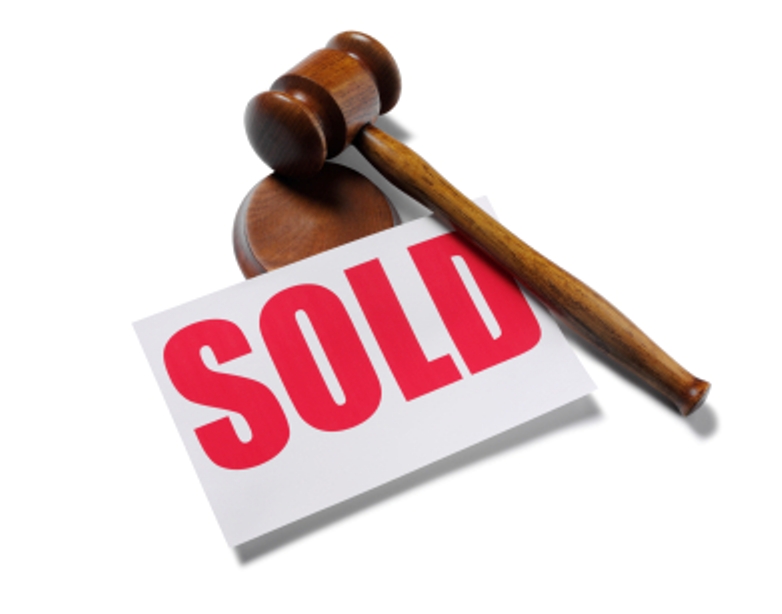Yes, there are dozens of groups on Facebook, almost all with the same annoying people posting the same annoying things. I’m not just talking about the thralls of empower network scammers or the clueless Indian guy who doesn’t get that we don’t really care about who is looking at our profile – but instead the dozens of actual people working in the industry who embarrass themselves daily.
Here’s a few examples of what I’m talking about, feel free to check them off as they go and note specific examples:
1) The Persistently Annoying Job Hunter. Seriously? Facebook is not a job board, and nothing says “Nobody wants to hire me” more than posting a dozen times a week that you are still looking for a job. It also says to any potential hires that you are more than likely going to spend all your time on Facebook instead of working, linking to all the pretty things you see on Pinterest.
2) Weird CPA Network Owner Looking for Offers. If you are using Facebook to try to find new clients, you’re probably not doing that well or have any relationships with real advertisers. Are you aware that the same people who are your potential affiliates are also reading this and will start to pay attention that you are getting all your clients from bigger networks? We probably already don’t take you seriously, but at least get a grip and don’t reveal to everyone that you are more lost about this business thing that we thought.
3) Flaming Affiliate Manager. Unless you own or founded one of the companies that you represent, you need to learn to be quiet about your business. I don’t know how many times I see $15/hour affiliate managers attack other people online, and more importantly, attack better and more reputable companies because they don’t understand the business. It’s a sure way to lose your job and become the persistently annoying job hunter. You almost as annoying as the people who use Facebook to bitch about their business problems.
4) Flamboyant Guy Posting Shirtless Photos. I don’t care how much you work out, how many tattoos you have, but as soon as you take off your shirt and ask other guys to comment on your photo, you may as well just sign up for ManPlay.com and get it over with.
So what is Facebook for then? It’s for completely wasting your time on, joking with a few people and annoying the heck out of people who also are wasting your time. If you think that anything serious is going to happen from Facebook to help your business, you are either on crack or use that as an excuse to look at photos of Flamboyant Guy Posting Shirtless Photos.
——
Sponsored by DirectAgents
Join the Agency Directly. Our Clients. Our Offers.




















